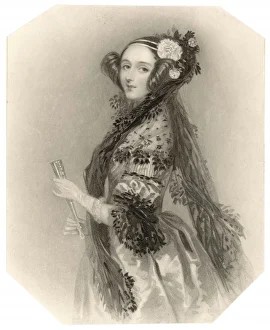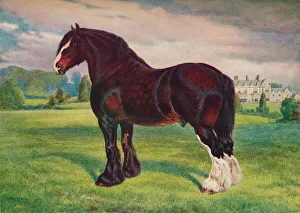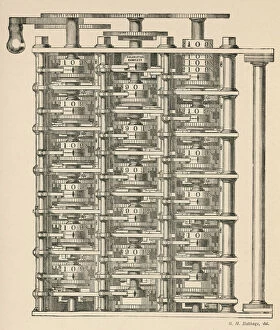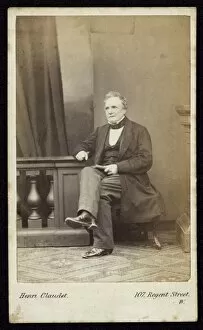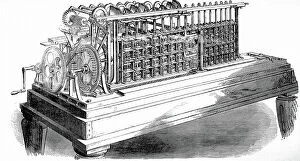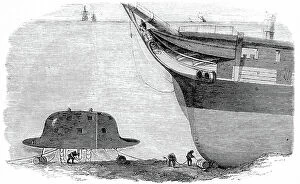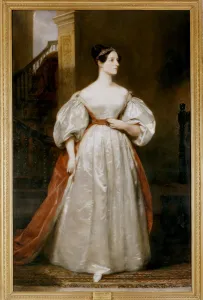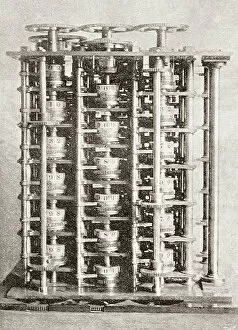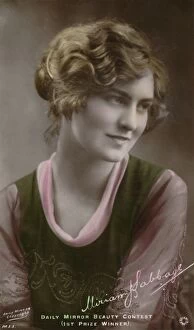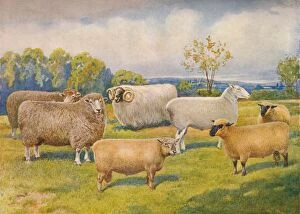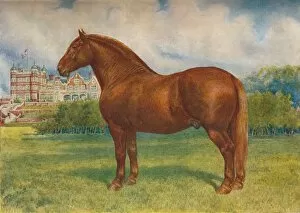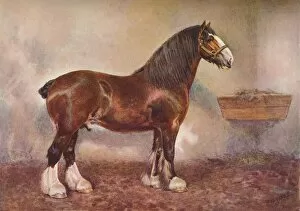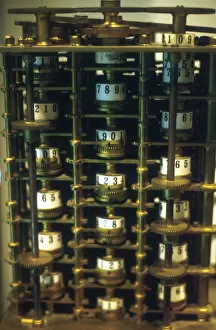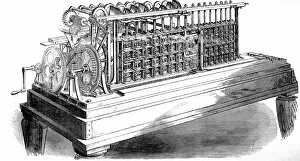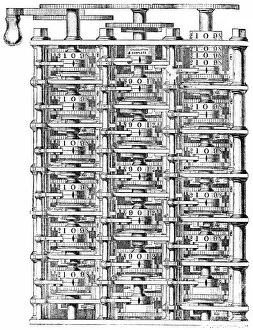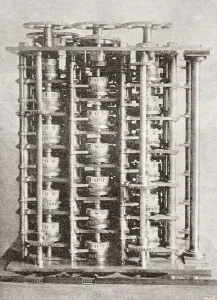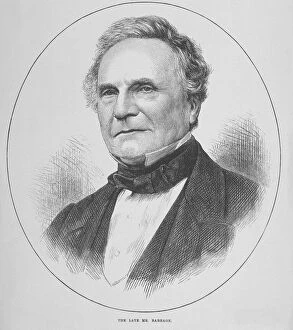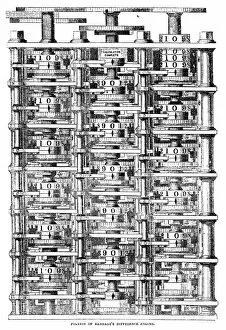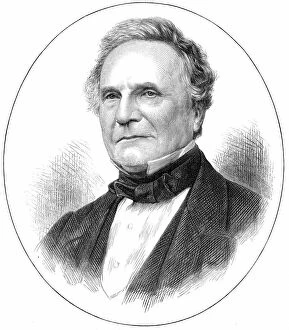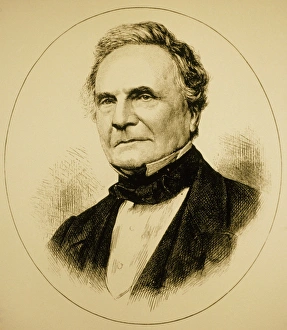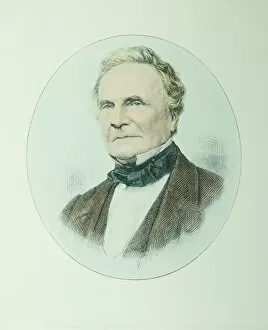Babbage Collection
"Babbage: The Legacy of a Mathematical Pioneer" BABBAGE's ENGINE (1): In the early 19th century
All Professionally Made to Order for Quick Shipping
"Babbage: The Legacy of a Mathematical Pioneer" BABBAGE's ENGINE (1): In the early 19th century, Charles Babbage conceived an extraordinary invention that would revolutionize the world of computing. Known as Babbage's Engine, it laid the foundation for modern computers. Augusta Ada Byron, later known as Countess Augusta Ada Lovelace, played a crucial role in advancing Babbage's work. She recognized the potential of his machine and became its most ardent supporter. Her contributions to programming concepts earned her the title of the first computer programmer. BABBAGE's ENGINE (2): Charles Babbage himself was a remarkable figure in history. An English mathematician and pioneer of computing, he dedicated his life to developing machines capable of complex calculations. His vision paved the way for future generations to explore uncharted territories in technology. Not limited to mathematics alone, members of the Babbage family showcased their talents across various fields. Frank Babbage, an artist renowned for capturing Shire Horse stallion Harold's majestic beauty on canvas during c1905 (c1910). Margaret Carpenter skillfully portrayed Countess Augusta Ada Lovelace with elegance and grace through her artwork. The Difference Engine was one such creation by Charles Babbage – a calculating machine designed to compute values of polynomial functions accurately. This marvel captivated audiences when featured in The Strand Magazine published back in 1896. Norman Babbage carried forward his family name with pride while Miriam Babbage achieved fame as Daily Mirror Beauty Contest's first prize winner around c1930. Charles Babbage left an indelible mark on history through his relentless pursuit of knowledge and innovation until his passing in 1871 at age eighty. His legacy continues to inspire countless individuals today who strive towards pushing boundaries within science and technology. Even beyond their involvement with groundbreaking inventions like computers or calculating machines, members like Frank captured breeds of pigs and sheep beautifully through his artistry, preserving the essence of these animals for generations to come.

